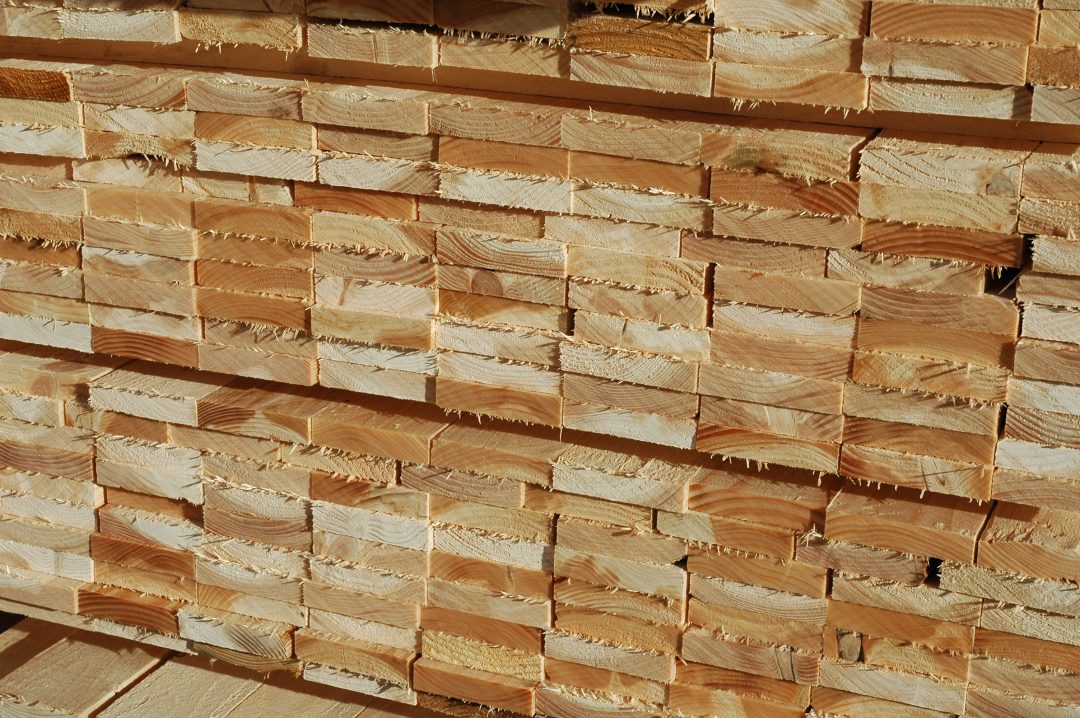
At the last meeting of CEN TC124 WG2 we were working on the revision of EN 14081-2 for machine grading of timber – which is now a very messy standard in the way it uses symbols. It was commented that we should by trying to use to use the same symbols as other parts of EN 14081 and other connected standards such as EN 408, EN 384 and EN 1995. While it was agreed that this was a good idea (and indeed required by CEN), it was rather too late in the drafting process to change things now – especially as no official comment on that had been received as part of Enquiry. It was also noted that the other standards don’t really use symbols consistently anyway. It was useful, however, to be reminded that a long-established standard actually exists that we should be referring to:
EN 1438:1998 “Symbols for timber and wood-based products”
This standard sets some ground-rules:
Latin, upper case are used for
1. Actions and action-effects
2. Area, first & second moment of area
3. Elastic moduli
4. Temperature
Latin, lower case are used for
1. Actions & action-effects per unit of length or area
2. Linear dimensions (length, width, thickness, etc.)
3. Strengths
4. Velocity, acceleration, frequency
5. Descriptive letters (subscripts)
6. Mass
7. Time
Greek, upper case are reserved for mathematics and for physical quantities excluding geometrical and mechanical quantities
Greek, lower case are used for
1. Coefficients & dimensionless ratios
2. Strains
3. Angles
4. Densities (mass density & weight density)
5. Stresses
There are some other rules about use of subscripts and italics, and a list of symbols (referring also to ISO 3898). The main ones of interest to us are:
Timber dimensions
A, area
I, second moment of plane area
S, first moment of plane area
W, section modulus
V, volume
L or l, length of a member
b, width
d, depth
h, height; thickness, depth (of beams)
m, mass
t, thickness of plates, shells, panels
ν (nu), Poisson’s ratio
ρ (rho), mass density
ω (omega), moisture content
It is now very common to use u for moisture content – so much so that EN 1438 should probably be amended to reflect that.
Timber properties
E, modulus of elasticity
G, shear modulus
f, strength
Forces, stresses and strains
F, force
H, horizontal component of a force
M, bending moment
T, torsional moment; temperature; period of time
V, shear force; vertical component of a force
γ (gamma), shear strain
ε (epsilon), strain
σ (sigma), normal stress
τ (tau), shear stress
Other geometry
a, distance
L or l, can be used for span
l, length between two points
Other
T, temperature; period of time
f, frequency
k, factor
p, probability
m, average value of a sample
n, number of…
s, standard deviation of a sample
t, time in general
v, velocity; speed
α (alpha), angle – particularly the angle between direction of load/stress and grain; ratio
ψ (psi), relative humidity
σ (sigma), standard deviation of a population
Subscripts
cal, calculated
dyn, dynamic
est, estimated
k, characteristic
m, average value
max, maximum
min, minimum
mod, modification
nom, nominal
obs, observed
The new EN 14081-2 most obviously deviates from this list in its use of MOE for modulus of elasticity (as well as also using E) and MOR for strength. The latter stands for Modulus of Rupture, a term not commonly used in European Standards (certainly not for timber) but commonly found in the scientific literature.

Leave a Reply
You must be logged in to post a comment.